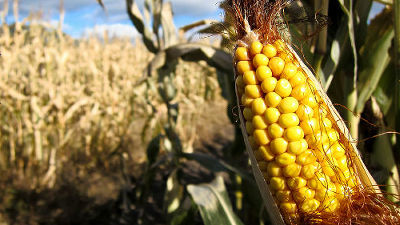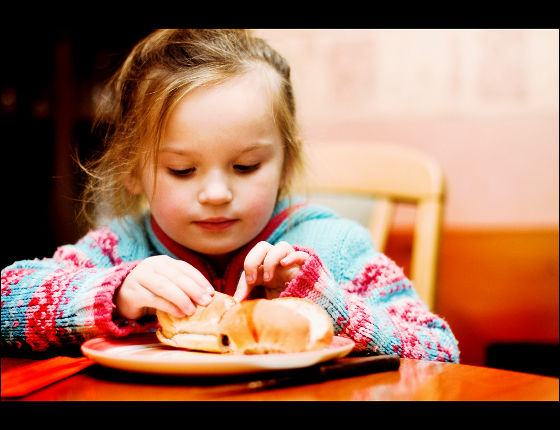It turned out that if the concentration of carbon dioxide in the atmosphere rises, the nutritive value of the crop decreases

ByAdam Simmons
Three crops of wheat, rice, corn play a major role as a human nutrition source, but it became clear that the increase in carbon dioxide in the atmosphere reduces the nutrients of these crops.
Increasing CO2 threatens human nutrition: Nature: Nature Publishing Group
http://www.nature.com/nature/journal/vaop/ncurrent/full/nature13179.html
Increasing CO2 may threaten human nutrition | Ars Technica
http://arstechnica.com/science/2014/05/increasing-co2-may-threaten-human-nutrition/
People on the planet now have about 60% of daily nutrition from crops such as wheat, rice, corn, and in the developing countries their proportion increases to 70-80%. And this key nutrients are zinc and iron. These are absorbed from soil in the process of growing crops.
According to a study done by Samuel S. Myers et al., It was found that the rise in carbon dioxide level in the atmosphere reduces zinc, iron, and possibly proteins in grain and legume plants.
In the research, 143 kinds of crops such as wheat, rice, maize, soybean, pea, sorghum were grown under ordinary circumstances and under high carbon dioxide concentration, and their differences in nutritional value were compared. The concentration of atmospheric carbon dioxide in the atmosphere in 2012 is 393.1 ppm, but it seems that it rises to about 550 ppm in 40 to 60 years, so in the experiment, the environment with artificially carbon dioxide concentration of 550 ppm was set up in Australia · We made it in Japan and the USA and investigated the nutritional level of the crop for 1 to 6 seasons.

ByUnited Nations Photo
As a result, it was found that the amount of zinc and iron contained in C3 plants (major crops such as rice and wheat) and legume plants grown in an environment with high carbon dioxide concentration is lower than that of normal crops did. However, the amount of nutrient reduction in pea bean was small, and nutrients did not decrease in C4 plants (plants adapted to high temperature, dry, low CO2, poor nitrogen soil etc severe climate). It is believed that C4 plants can fix carbon dioxide more efficiently than C3 plants.
Although there was also a hypothesis that carbohydrates in the crop increased as carbon dioxide in the atmosphere increased, nutrients instead declined, but there are differences in the reduction of nutrients depending on the crop and the reasons for clear clearance at the present stage are known Is not ...

ByHt
Soya and nuts contain anti-nutrients called phytate, which react with minerals such as zinc, iron and magnesium in the gastrointestinal tract and prevent mineral absorption from the intestine. In this survey, the phytate level contained in the wheat decreased, but even if the phytate level in the plant declined due to the rise in the carbon dioxide concentration, it could be used in the human body It was also found that the amount of zinc is not changed. The phytate level remained unchanged for crops other than wheat.
In addition to the problem of reducing the nutrients of crops due to an increase in carbon dioxide, there is also a problem that the food itself is short due to population increase, and now, in order to solve the food problemNew Food "Power Flour"Has been developed,Printing food with 3D printerA way to do it is also invented.

ByDan Foy
Related Posts:
in Food, Posted by darkhorse_log







